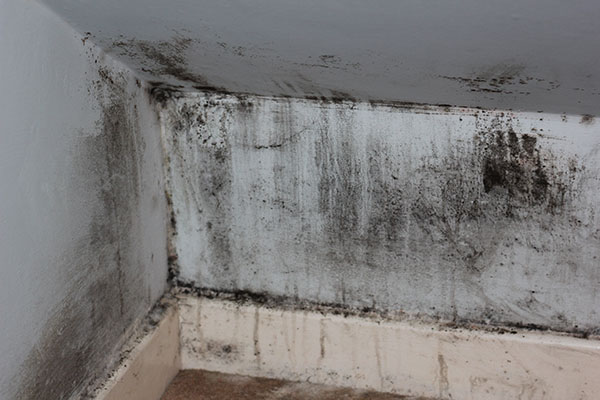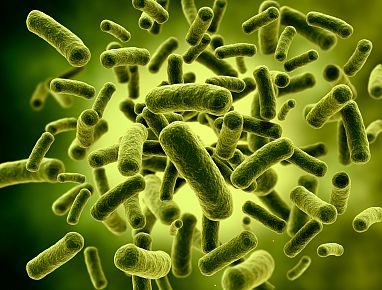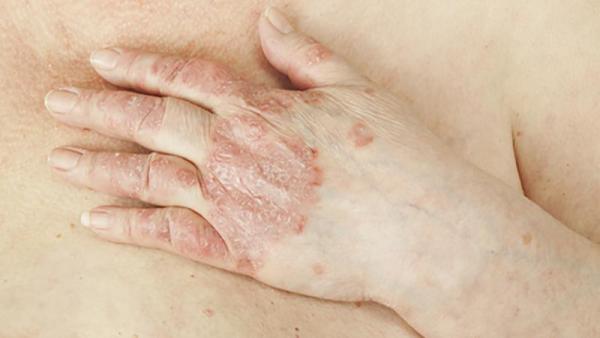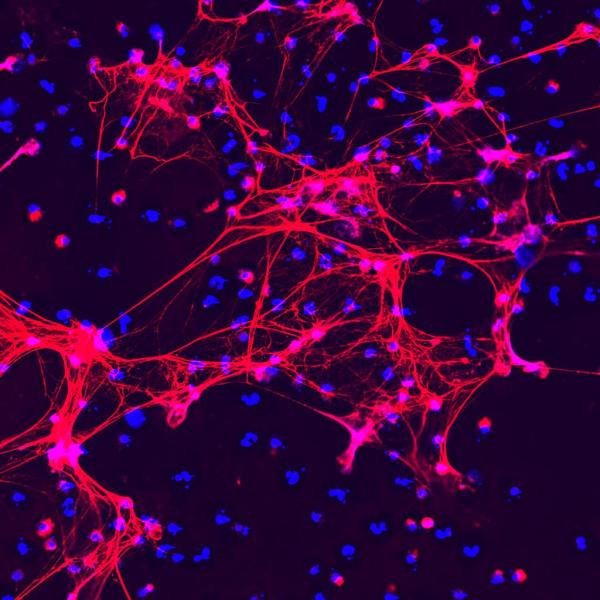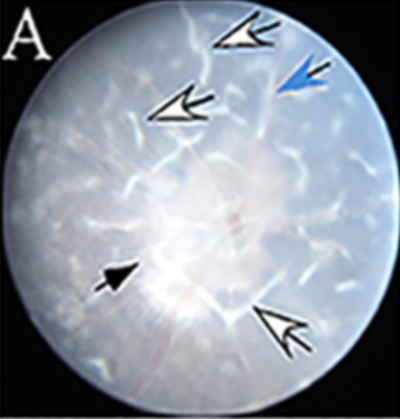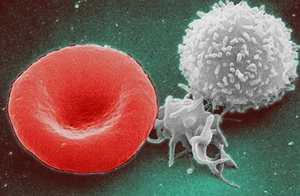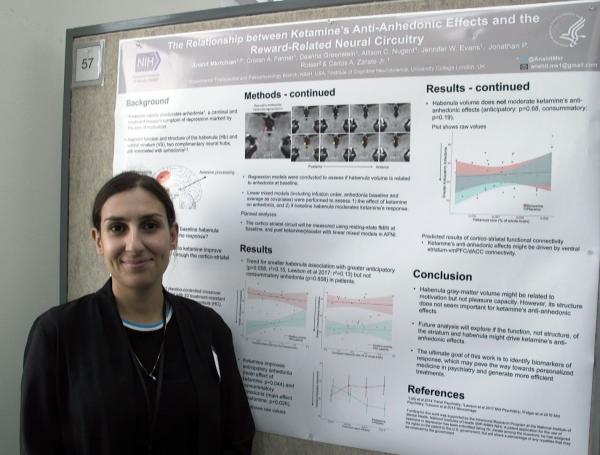Closing in on the Circuitry of Chronic Itch
Genetic Studies Illuminate Neuronal Chemical’s Role in Pain and Itch
For most of us, itch is a bothersome inconvenience. Unfortunately, for 125 million people around the world, chronic itch caused by the skin disease psoriasis is a significant, even debilitating, health problem. Psoriasis causes skin cells to multiply up to 10 times faster than normal and build up as an itchy and painful, scaly rash. For some, the condition can also cause joint swelling, resulting in a condition known as ‘psoriatic arthritis.’
World Psoriasis Day falls on October 29 this year, and the theme is “Be Informed.” So, what do we know about chronic itch?


